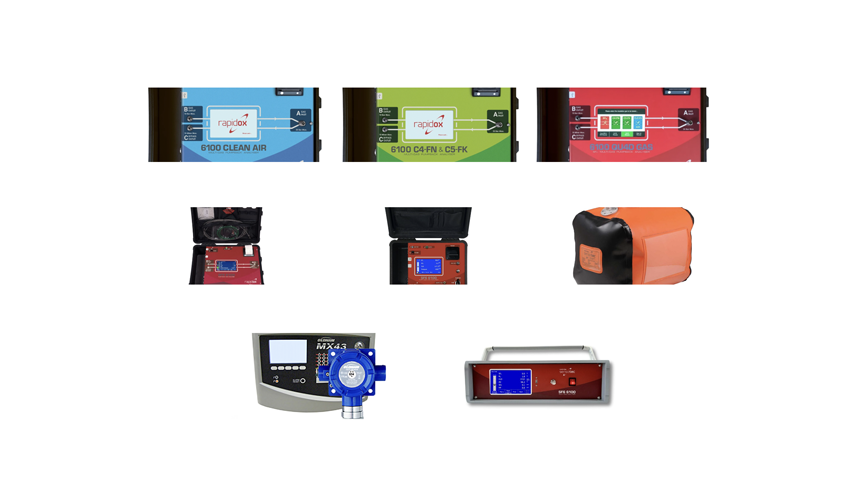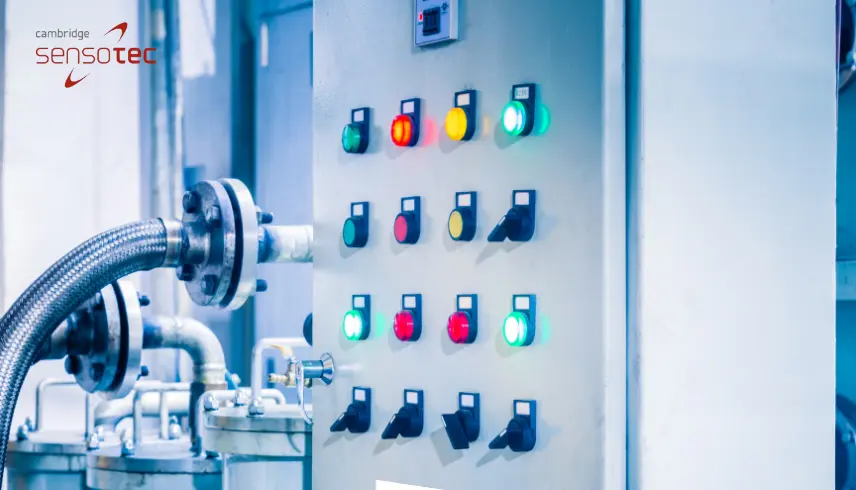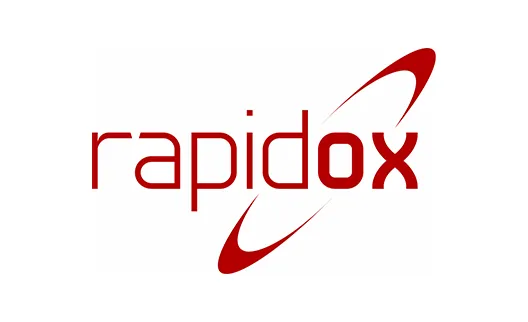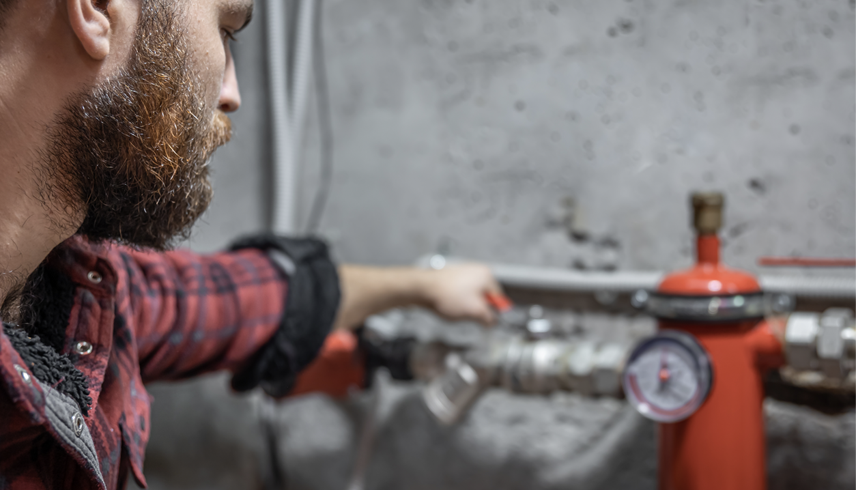

The Pathway To A Clean Air Switchgear
Introduction
The Growing Demand for Sustainable Switchgear Solutions
As global industries aim to combat climate change, the demand for sustainable technology has surged. Electrical systems, especially medium- and high-voltage switchgear, are central to modern infrastructure. Traditionally, these systems rely on sulphur hexafluoride (SF₆), a gas with excellent insulating properties. However, SF₆ is a powerful greenhouse gas with long-lasting effects on the atmosphere. The move towards clean air switchgear is a response to this environmental concern, offering a safer and greener solution.
Understanding the Role of SF₆ in Electrical Systems
SF₆ has been widely used in switchgear for decades due to its ability to insulate and quench arcs effectively. Its use enables compact and efficient designs, which are ideal for space-constrained environments such as cities and industrial sites. Despite these benefits, the environmental cost is severe. Just one kilogram of SF₆ is equivalent to 23,500 kilograms of CO₂ in terms of global warming potential. The persistence of this gas in the atmosphere, for thousands of years, amplifies its impact.
Why Transition Matters
With growing global commitments to reduce carbon emissions, regulations are becoming stricter. The European Union has proposed updates to its F-Gas Regulation to phase out SF₆ in new equipment by 2030. This regulatory push, combined with increasing public awareness, makes transitioning away from SF₆ not only a legal necessity but a strategic decision. Companies that adopt clean alternatives early will be better positioned to meet compliance requirements and demonstrate environmental leadership.
What is Clean Air Switchgear?
Clean air switchgear replaces SF₆ with natural air, typically made up of 80% nitrogen and 20% oxygen. This air mixture is non-toxic, non-flammable, and safe to handle. It offers a significant environmental advantage as it has a global warming potential of zero.
These systems use clever engineering to maintain the insulation properties required for safe operation. Higher air pressure and advanced sealing ensure that the clean air provides the necessary dielectric strength. In terms of design, clean air switchgear includes enclosures, vacuum interrupters, and monitoring devices that work together to provide reliable performance without harmful emissions.
SF₆ – The Environmental Challenge
SF₆ is a man-made gas valued for its insulating and arc-quenching abilities. It is stable and effective, making it the industry standard. However, its downside lies in its environmental impact. Even small leaks can have large consequences due to its high GWP and long atmospheric lifetime.
The European Union and international organisations are taking action to reduce reliance on SF₆. Policies are pushing for cleaner alternatives, and manufacturers are responding by investing in new technologies like clean air and vacuum-based systems. These efforts are essential to reduce the environmental footprint of the electrical sector.
Clean Air as an Environmentally Friendly Alternative
Clean air is readily available and does not require special handling or safety protocols. It eliminates the risks associated with SF₆, such as exposure to toxic by-products during equipment failure or maintenance.
Using clean air means there is no environmental damage if leaks occur. It also simplifies end-of-life disposal. Equipment can be dismantled safely, and components are easier to recycle. This makes clean air switchgear a practical solution that supports long-term sustainability and aligns with circular economy principles.
Technical Comparisons: SF₆ vs Clean Air Switchgear
Modern clean air switchgear performs as well as SF₆-based systems in many applications. For medium-voltage uses, the performance gap has largely been closed through engineering improvements.
In terms of reliability, clean air systems are robust and require less frequent maintenance. The absence of corrosive gases reduces wear and tear, leading to longer operational life.
Although the upfront costs of clean air switchgear may be higher, the total cost of ownership is often lower. This is due to reduced maintenance, longer lifespan, and avoidance of regulatory fines or costs associated with gas handling.
Furthermore, clean air switchgear is adaptable. It can operate efficiently in both indoor and outdoor environments and withstand a range of climatic conditions.
Challenges in Transitioning to Clean Air Switchgear
Switching to clean air systems is not without challenges. In existing facilities, retrofitting may be complicated due to space or design constraints. In many cases, replacing entire units is more efficient.
Some technical limitations still exist, especially for high-voltage applications. However, ongoing research and development continue to close this gap.
Initial investment costs can also be a barrier. But when considering the reduced risk, lower maintenance, and regulatory benefits, the investment often pays off in the long term.
Another key challenge is training. Personnel must learn to handle new systems and technologies. Collaboration with manufacturers can help ensure teams are equipped with the necessary skills and knowledge.
Innovations Driving Clean Air Technology Forward
Recent advances in materials and design have improved the performance of clean air systems. These innovations allow for higher voltage handling and more compact switchgear designs.
Modern systems are also digitally enabled. They offer remote monitoring and diagnostics, which align with smart grid initiatives and improve operational efficiency.
Manufacturers are now building modular systems. These designs are flexible, allowing them to be scaled up or adapted for different needs. This modularity supports easier installation and future upgrades.
The Role of Manufacturers and Industry Stakeholders
Companies like Cambridge Sensotec are instrumental in supporting the transition. They provide high-precision gas analysis and monitoring tools, ensuring that clean air switchgear operates safely and efficiently.
Transitioning to clean air systems requires collaboration across the supply chain. Manufacturers, suppliers, and customers must work together to set standards, share best practices, and support innovation.
Many leading companies are also embedding sustainability into their product development. This includes using recyclable materials, designing for long life, and considering end-of-life disposal. Clean air switchgear fits perfectly within this approach.
What the Future Holds
As renewable energy becomes more common and power systems become more decentralised, there is growing demand for flexible switchgear solutions. Clean air systems are well-suited to meet this demand.
Governments are also playing a role by offering financial support for adopting clean technologies. Incentives such as grants or tax breaks can help offset the initial costs.
As adoption grows, industry bodies are developing global standards for clean air switchgear. These standards will help streamline production, improve compatibility, and build trust among users.
Summary
Clean air switchgear represents a major step forward in sustainable electrical infrastructure. It offers a safe, effective, and environmentally friendly alternative to SF₆. The benefits include lower emissions, improved safety, and reduced long-term costs.
For companies looking to align with future energy goals and comply with emerging regulations, clean air switchgear provides a strategic advantage. By embracing this technology, the industry can play a leading role in creating a cleaner, greener future.


